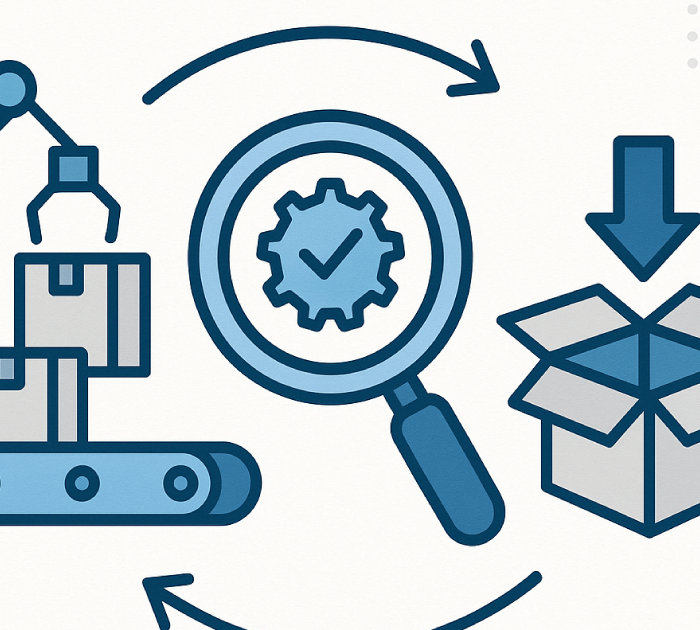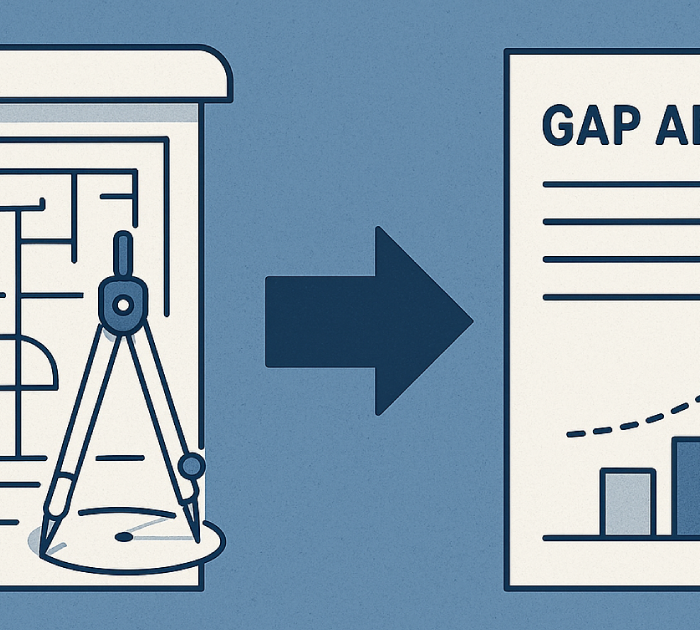In today’s fast-paced business landscape, efficiency is no longer a luxury—it’s a necessity. For organizations that manage field services, the pressure to deliver quick, accurate, and high-quality service can be especially challenging. Managing everything manually—scheduling appointments, monitoring field technicians, handling billing, tracking job status—used to be the norm. But as businesses grow and demands scale, this manual approach reveals its limitations. Enter digitization and automation, the game-changers that streamline field services from start to finish. In this blog, we’ll explore the journey from manual processes to a fully automated solution, highlighting how automation in scheduling, billing, and tracking reduces errors, speeds up service cycles, and improves visibility across field operations.
The Starting Point: Manual Field Service Management
Before adopting technology-driven solutions, many field service organizations relied on paper forms, phone calls, and spreadsheets to coordinate field technicians and track tasks. Although this system may feel familiar and straightforward, it often leads to:
- Error-Prone Data Entry: Information manually entered into spreadsheets or paper forms can easily be mistyped or omitted. A small error in a technician’s schedule, a client’s address, or an equipment part number can escalate into bigger issues, costing time and money.
- Inefficient Scheduling: When coordinating multiple technicians in different locations, juggling phone calls and emails can create confusion and delay. Scheduling changes are harder to track, making it easy to double-book resources or leave some tasks unassigned.
- Lack of Real-Time Visibility: With manual processes, real-time updates are nearly impossible. Managers often rely on end-of-day or weekly reports, resulting in a reactive rather than proactive approach to problem-solving.
- Billing and Payment Delays: Manual invoicing and billing processes slow down revenue cycles. A field technician hands in a completed paper work order, which then gets processed in the back office. This can cause billing delays and cash flow bottlenecks.
- Limited Scalability: As a company grows, manual processes become more cumbersome. Expanding to new territories or increasing the number of clients can overwhelm existing systems, leading to service lapses and frustrated customers.
It’s clear that relying solely on manual methods can hold back even the most dedicated teams. That’s why many organizations are making the leap to automated field service management solutions.
Taking the Leap: Embracing Digital Transformation
Digital transformation is more than just a buzzword; it’s a strategic evolution. When applied to field services, it entails replacing labor-intensive manual tasks with software solutions, mobile apps, and cloud-based platforms. Here’s how it usually starts:
- Assessment of Current Processes: Understand what works and what doesn’t in your current workflow. Pinpoint repetitive tasks prone to human error or delays.
- Selection of Automation Tools: Based on identified needs—like real-time tracking, scheduling optimization, billing, or inventory management—select a digital platform that can integrate all those functionalities.
- Integration with Existing Systems: Make sure your chosen solution syncs with existing CRM or ERP systems. This ensures a single source of truth for customer data, job details, and billing information.
- Training and Onboarding: A new system is only as good as its adoption rate. Provide training sessions for employees, technicians, and office staff, ensuring everyone understands how the platform works and its benefits.
- Gradual Rollout and Continuous Improvement: Start with one department or region, then expand. Collect feedback, refine the process, and build on your successes.
Key Benefits of Automation in Field Services
1. Streamlined Scheduling
Automation tools use intelligent algorithms to assign technicians based on factors like location, skill set, and availability. This real-time scheduling reduces travel time and ensures the right person is dispatched for the job. Your team can easily reshuffle tasks if an urgent request arises or if someone calls out sick. As a result, technicians spend less time on the road and more time addressing customer needs.
2. Reduced Errors and Faster Billing
Digitized work orders eliminate the need for repetitive data entry. Technicians can update job statuses, parts used, and labor hours on a mobile app. Once the job is marked complete, invoices can be automatically generated and sent to customers. This speedy billing process shortens revenue cycles, mitigates errors, and reduces friction between field teams and accounting.
3. Real-Time Tracking and Better Visibility
When all data—location, job status, customer information—is in one cloud-based system, managers gain real-time visibility across operations. They can monitor progress, spot bottlenecks, and make data-driven decisions instantly. This level of transparency also boosts accountability, as each team member’s actions are tracked and recorded in the platform.
4. Improved Customer Experience
Automated notifications let customers know when a technician is en route, providing accurate ETAs and reducing frustration caused by unexpected delays. Additionally, quick access to service history and parts availability means technicians arrive better prepared. Customers appreciate this efficiency and professionalism, which can lead to positive word-of-mouth and higher retention rates.
5. Scalability for Growth
Once a digital system is in place, it’s much easier to scale your operations. Whether you’re adding new service lines, territories, or technicians, an automated platform adapts without overloading your team. You can handle higher volume and complexity without sacrificing quality or speed.
6. Data-Driven Insights
By collecting data on every job—from initial request to final billing—automation platforms generate valuable insights. You can identify trends like common service requests, busiest hours, or recurring equipment failures. This information allows you to optimize staffing, predict inventory needs, and even develop new services based on customer demand.
Overcoming Common Challenges
Switching from manual processes to automation does come with its share of hurdles. Resistance to change, budget constraints, and a steep learning curve are often cited as top concerns. However, these can be mitigated by:
- Involving Stakeholders Early: Engage technicians, managers, and support staff from the beginning. Gather their input to ensure the solution meets real-world needs.
- Providing Comprehensive Training: Offer interactive sessions, Q&A forums, and how-to guides to encourage buy-in and proficiency.
- Starting Small and Scaling Up: Implement automation in stages, measure performance, and refine before rolling it out company-wide.
Overcoming these challenges is an investment in your organization’s future. Once the transition is complete, the efficiency gains, cost savings, and improved customer satisfaction speak for themselves.
The Path Forward
Digitizing field services is no longer optional—it’s the cornerstone of a modern, efficient business. By embracing automation in scheduling, billing, and tracking, companies can reduce human error, speed up service cycles, and gain deeper visibility into their operations. Perhaps most importantly, going digital allows you to focus on what truly matters: delivering top-notch customer experiences and continually adapting to market demands.
With the right strategy, technology, and team buy-in, your organization can make the leap from manual chaos to automated precision. The result? A field service operation that’s scalable, efficient, and ready to face whatever the future holds.
Automating scheduling uses intelligent algorithms to match technicians with the right jobs based on location, skill set, and real-time availability. This not only cuts down on travel time but also helps prevent overbooking or missed appointments. As a result, businesses see faster response times, more completed tasks per day, and higher customer satisfaction.
The initial step is to assess current workflows and identify pain points—areas with frequent errors, bottlenecks, or excessive paperwork. By pinpointing these challenges, companies can select the right software or platform that addresses their specific needs, ensuring a smooth rollout and higher adoption rates across the organization.
When technicians record work details, parts used, and job completion times directly into a mobile or cloud-based platform, the data flows automatically into billing systems. This eliminates duplicate data entry and manual paperwork, reducing the risk of errors. Invoices can be generated in real time, helping companies shorten revenue cycles and boost overall cash flow.






